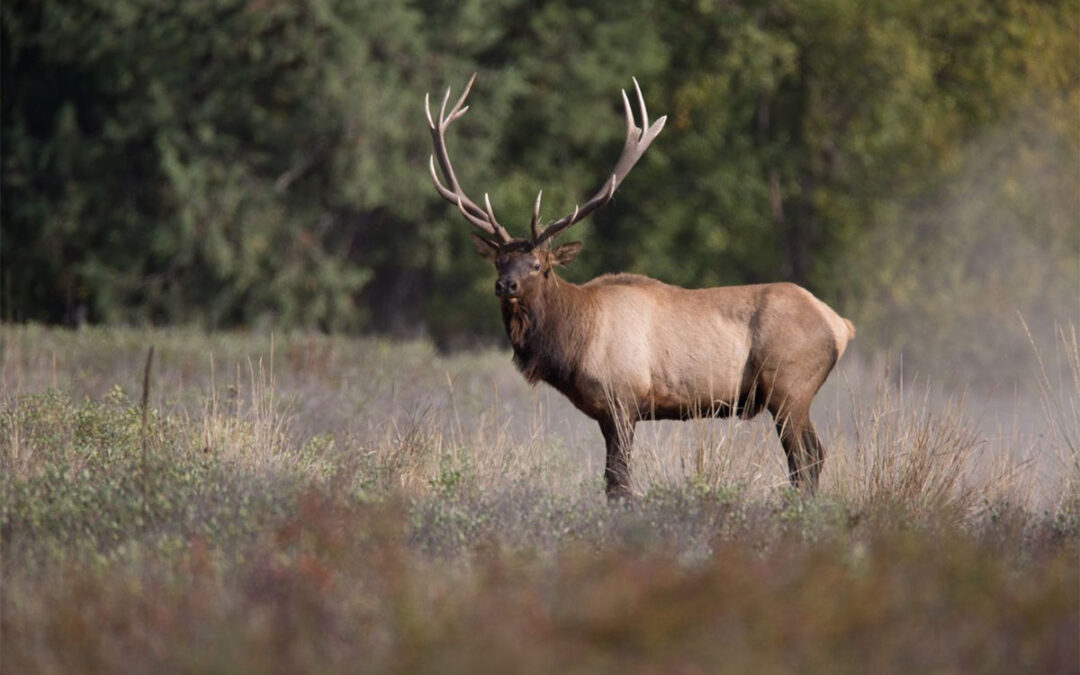Photo: Ryan Hagerty USFWS
A recent column by the Anaconda Sportsmen Club disparaged the Alliance for the Wild Rockies for challenging the illegal Pintler Face logging project in southwest Montana in federal court. What they failed to disclose to you is that federal courts have already established as illegal the same type of actions the Forest Service has taken for Pintler Face.
So the Forest Service knew its approval of the logging project would likely be held to be illegal, but it authorized the project anyways.
For example, when it comes to lynx, the biggest threat is logging. So in order to allow for more logging, the Forest Service often attempts to avoid protections for this threatened species. In our case, the Beaverhead-Deerlodge National Forest secretly – and illegally – eliminated 1.1 million acres of mapped lynx habitat (on paper) to enable more clearcutting, burning and road-building in formerly-protected lynx habitat, including in the Pintler Face project area. Without any public process, this habitat was “erased” and will no longer receive protections under the Forest Plan. Multiple courts have ruled against the Forest Service for attempting to eliminate protected lynx habitat in this manner without any public process or analysis of the impacts to lynx from this drastic action. Our lawsuit will remedy this undisputedly illegal conduct.
When it comes to grizzly bears, another threatened species, the biggest threat is roads. In order to allow for more logging, the Forest Service often undercounts roads in grizzly bear habitat to minimize the impact to this species. This is an important factor for grizzly bear survival since most bears are killed within 1/3 of a mile of a road and almost all grizzly bears are killed within 2/3 of a mile of a road. Numerous recent court decisions have ruled against the Forest Service for this repeated conduct – failing to accurately count all rounds, including roads with known illegal motorized use, when analyzing impacts to grizzly bears. Additionally, a grizzly bear experiences a real-life landscape not an imaginary landscape – so that means that all roads on private property, State lands, and BLM lands must also be included in grizzly bear analyses. In this case, the Forest Service violated both legal mandates, and our lawsuit will remedy this conduct.
Our lawsuit also asks for a new environmental impact statement because the impact of this project could be significant. In addition to harming threatened species, we are also concerned with the treatment of old growth forests, dead tree habitats, and elk displacement from public lands.
First, let’s look at their description of “over mature” forests which they claim need clearcutting. These are normally referred to as “old growth forests,” of which there are so few remaining that President Biden specifically ordered the Forest Service to protect them. Far from needing “harvest,” as if they were a crop instead of an ecosystem, old growth forests are incredibly important to the survival of threatened species such as the lynx, grizzly bears, and wolverines. All are found on the Pintler Face and all evolved for millennia in natural, not “managed” old growth forests. Furthermore, in addressing the increasingly extreme climate problems, old growth forests are the best, most effective, and best of all, free method of pulling greenhouse gasses from the atmosphere.
Additionally, dead trees provide critical habitat for wildlife and critical soil structure as they break down, and they have served these roles for millennia. The downed and decaying trees provide security and thermal cover for big game, nest sites for forest birds, and dens for mammals. Almost half of western forest birds, such as the northern goshawk, are declining and five species, including the Rufous Hummingbird, have lost more than half of their population since 1970. According to Montana Outdoors, a magazine published by the Montana Department of Fish, Wildlife and Parks, “In Montana, more than 60 species of wildlife use dead trees or logs for feeding, nesting, roosting,resting, denning or drumming.”
Third, Montana Fish, Wildlife, and Parks repeatedly expresses serious concerns about habitat degradation from roads and logging on National Forest lands because it displaces elk from public lands to private lands, most of which are closed to public hunting. Thus, one would expect the Anaconda Sportsmen to support reducing, not expanding, roads on National Forest lands.
Finally, and somewhat humorously, Anaconda Sportsmen claim that due to natural downfall, the forest is “impossible to negotiate by most species.” Granted, it might be difficult for humans or ATVs, but as all elk hunters know, huge bull elk with full racks have no problem almost magically disappearing into thick old forests.
Please help the Alliance protect old growth forests which are home to lynx, grizzly bears, and other old growth dependent species.
Mike Garrity is the Executive Director of the Alliance for the Wild Rockies.
